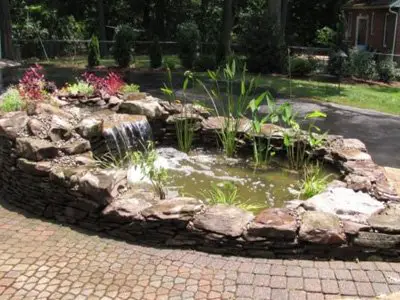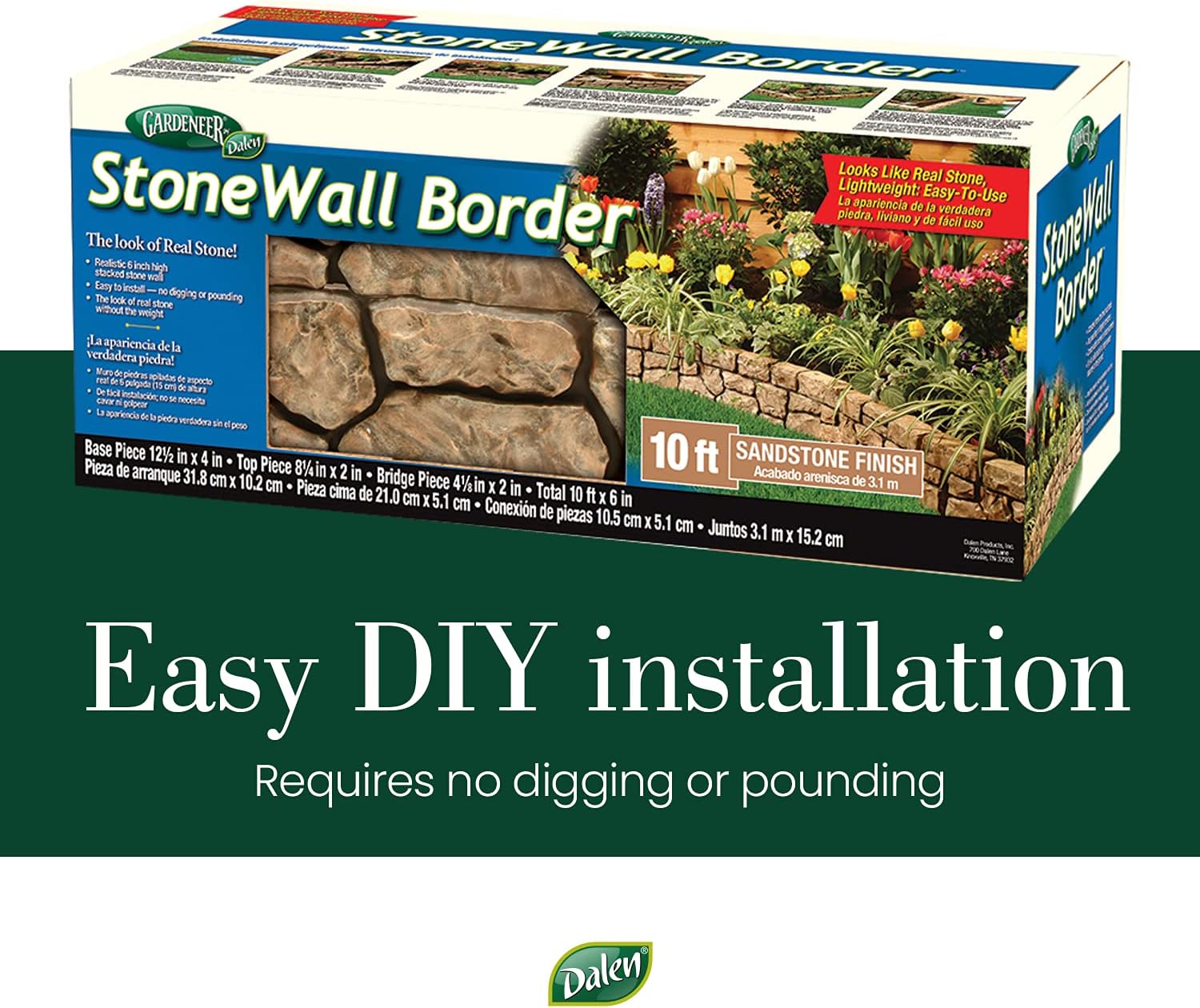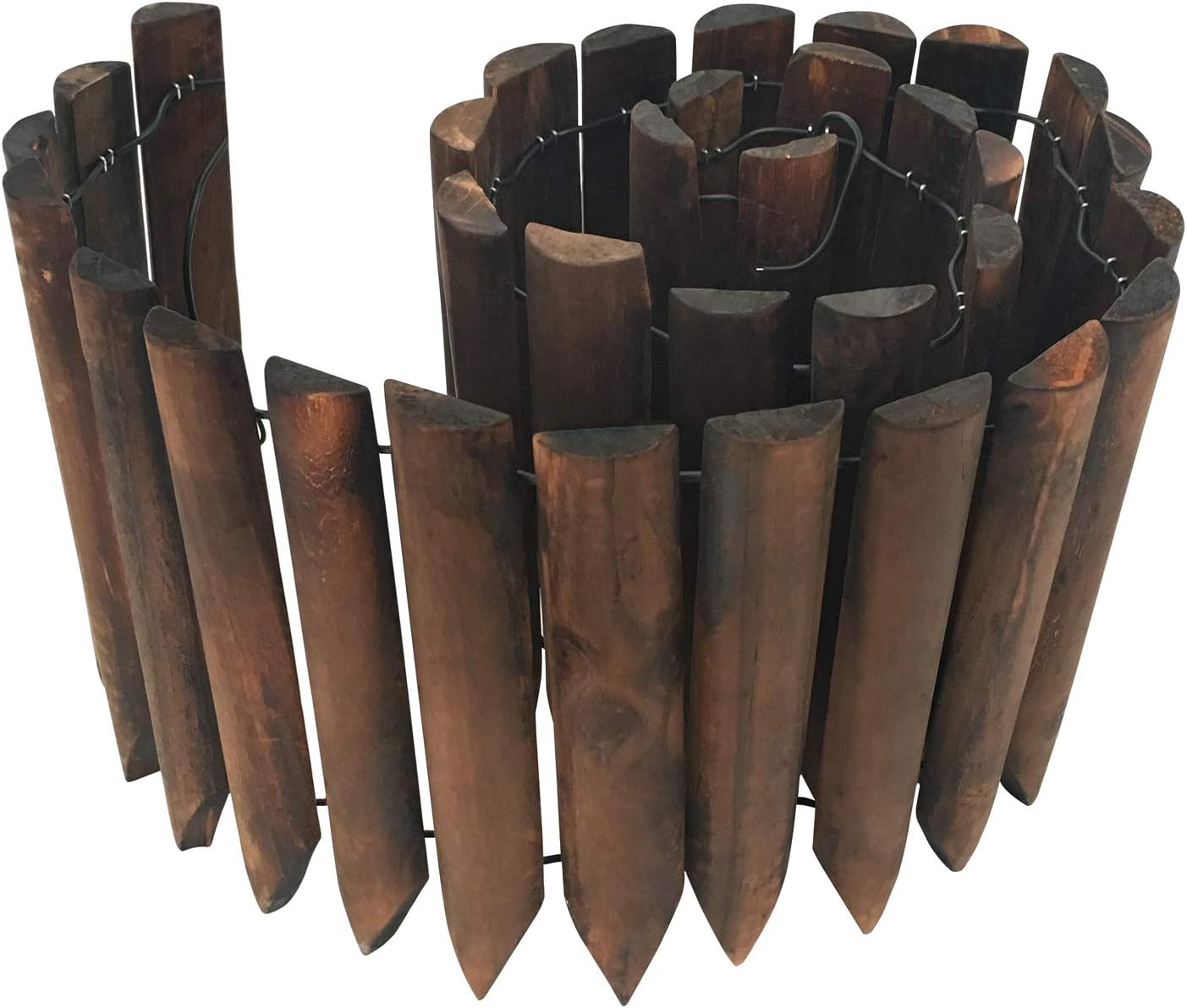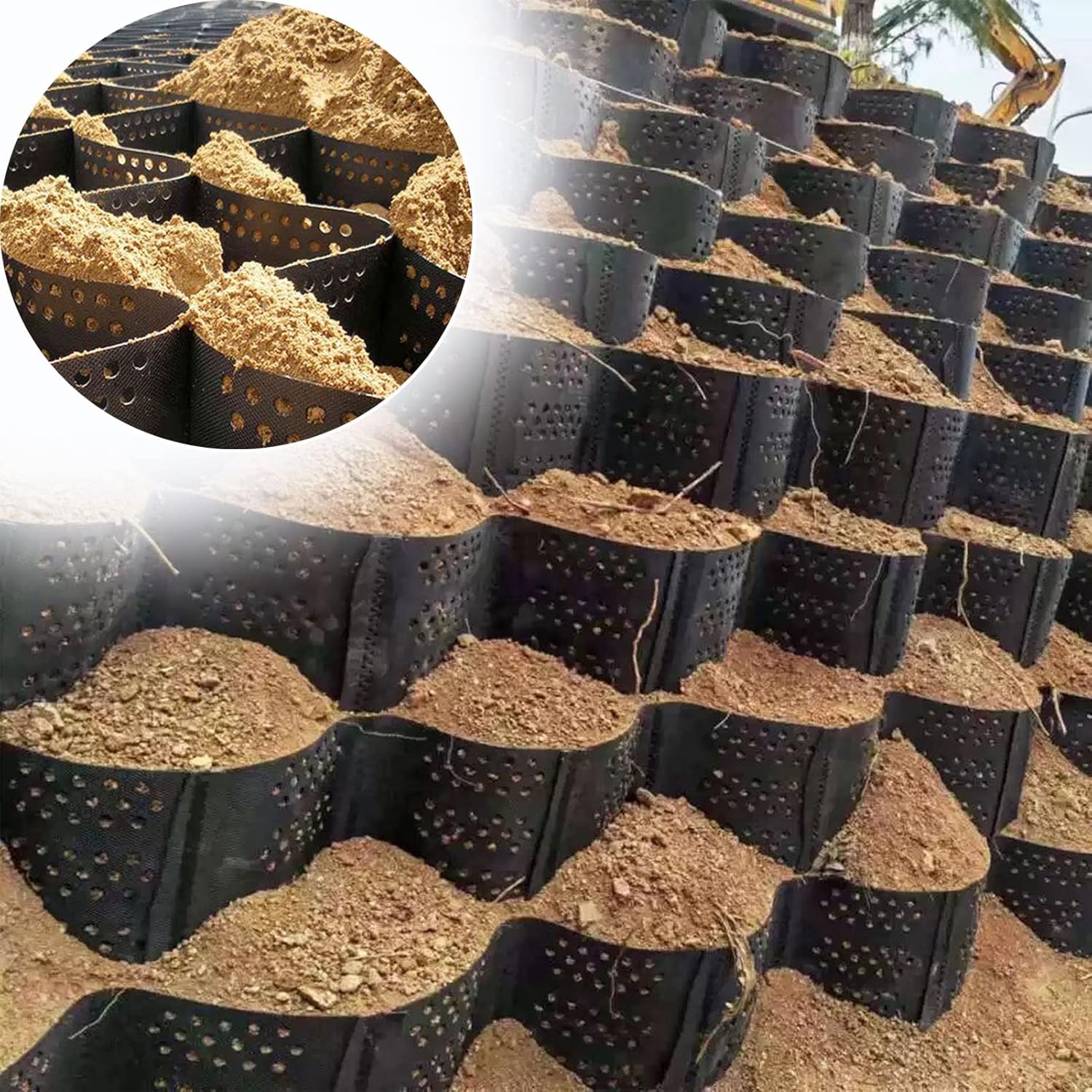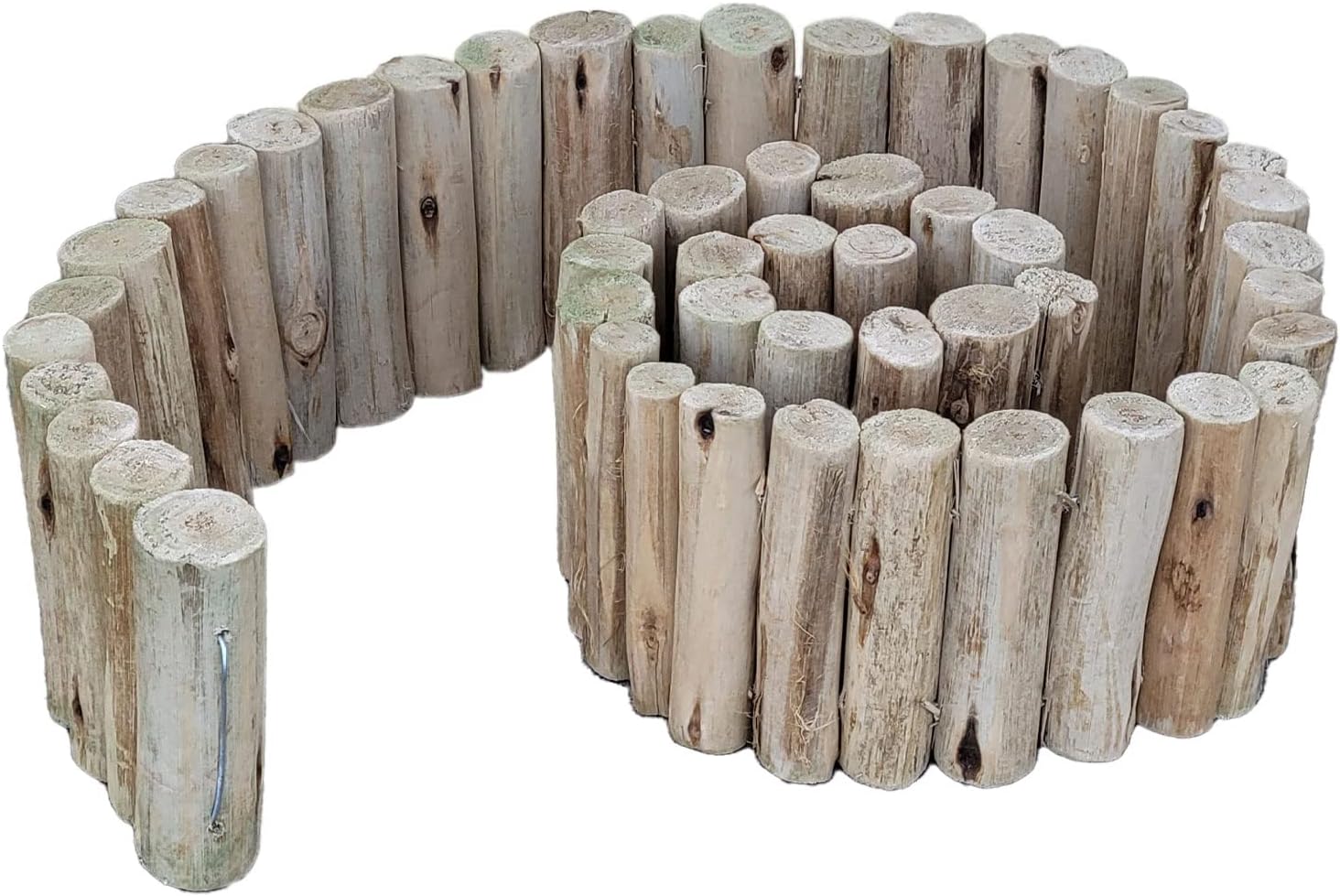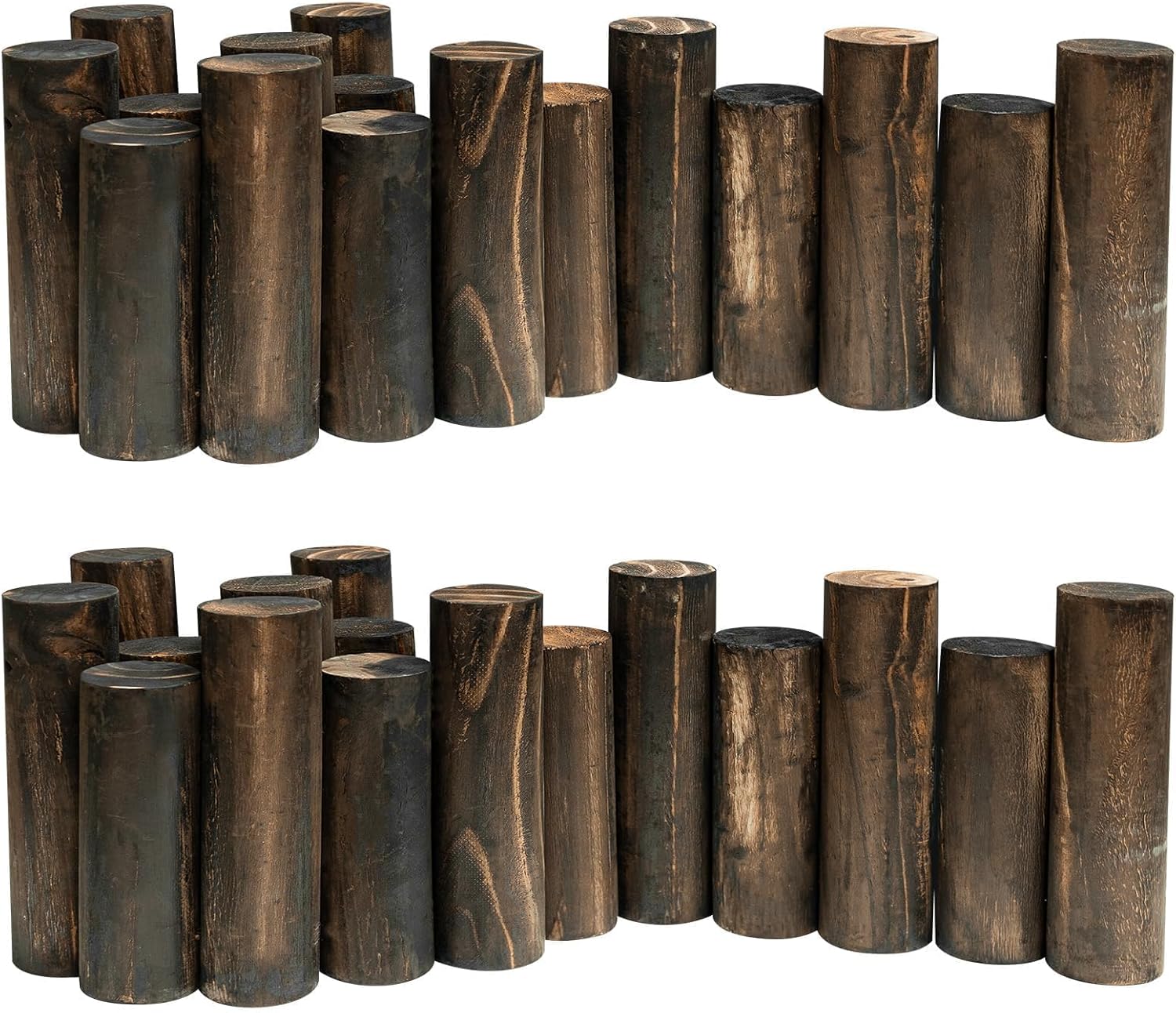Building a pond retaining wall is a great way to enhance the beauty and functionality of your pond while also preventing soil erosion and maintaining the structural integrity of the surrounding landscape. Whether you’re a seasoned DIY enthusiast or a novice looking to take on a new project, constructing a pond retaining wall can be a rewarding and fulfilling endeavor. In this guide, we’ll walk you through the essential steps and considerations for building a pond retaining wall that is both aesthetically pleasing and structurally sound.

Credit: www.youtube.com
There Are Ready Made Retaining Wall for a Pond
Step 1: Planning and Preparation
Before you begin the construction process, it’s crucial to carefully plan and prepare for the project. Start by determining the desired location and dimensions of the retaining wall. Consider the slope of the land, the water level in the pond, and any potential drainage issues. It’s also essential to check with local authorities to ensure compliance with any regulations or permits that may be required for the construction.
Materials And Tools
Once you have a clear plan in place, gather the necessary materials and tools for the project. The materials you’ll need typically include concrete blocks or natural stone, gravel, geotextile fabric, and drainage pipes. As for tools, you’ll likely require a shovel, level, tape measure, rubber mallet, and a wheelbarrow, among other basic construction tools.
Step 2: Excavation and Site Preparation
The next step involves excavating the area where the retaining wall will be built. Use a shovel to dig a trench along the perimeter of the pond, ensuring that it is wide enough to accommodate the base of the wall. The depth of the trench will depend on the height of the wall and the specific design requirements. Once the trench is excavated, make sure the bottom is level and compacted to provide a stable foundation for the retaining wall.
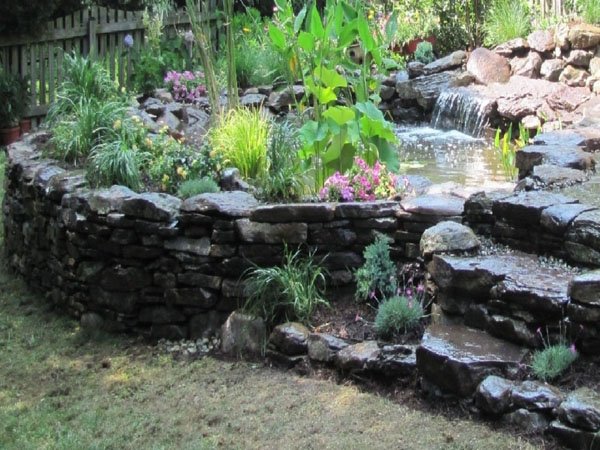
Credit: premierpond.com
Step 3: Installing the Base and Foundation
With the trench in place, it’s time to install the base and foundation for the retaining wall. Start by laying a base layer of gravel in the trench to promote drainage and stability. Next, place a layer of geotextile fabric over the gravel to prevent soil from seeping through and compromising the integrity of the wall. Once the fabric is in place, carefully position the first row of retaining wall blocks or stones, ensuring that they are level and securely anchored in the gravel base.
Step 4: Building the Retaining Wall
As you progress with building the retaining wall, it’s essential to maintain a level and uniform height throughout the construction process. Use a tape measure and level to ensure that each row of blocks or stones is properly aligned and positioned. Additionally, consider incorporating drainage pipes behind the wall to redirect water and alleviate pressure from the soil. This will help prevent water buildup and potential damage to the wall over time.
Step 5: Finishing Touches and Landscaping
Once the retaining wall is constructed, take the time to add the finishing touches that will enhance its appearance and blend it seamlessly with the surrounding landscape. Consider adding decorative elements, such as plants, shrubs, or mulch, to soften the edges of the wall and create a more natural and inviting aesthetic. Landscaping around the retaining wall can also help with soil stabilization and erosion control, further reinforcing the wall’s functionality and visual appeal.
Step 6: Maintenance and Care
After completing the construction of the pond retaining wall, it’s important to establish a regular maintenance routine to ensure its long-term durability and performance. Keep an eye out for any signs of damage, such as cracks or shifting, and address them promptly to prevent more extensive issues. Additionally, periodically inspect the drainage system to ensure proper function and prevent water buildup behind the wall.
Conclusion
Building a pond retaining wall requires careful planning, precise execution, and ongoing maintenance, but the results are well worth the effort. A well-constructed retaining wall not only enhances the visual appeal of your pond but also provides essential structural support and erosion control. By following the steps outlined in this guide and paying attention to the details, you can create a durable and attractive pond retaining wall that will stand the test of time.
Remember, safety is paramount when undertaking any construction project. Always wear appropriate safety gear, such as gloves and eye protection, and consult with professionals if you encounter any challenges beyond your expertise. With dedication and attention to detail, you can successfully build a pond retaining wall that adds value and beauty to your outdoor space.


